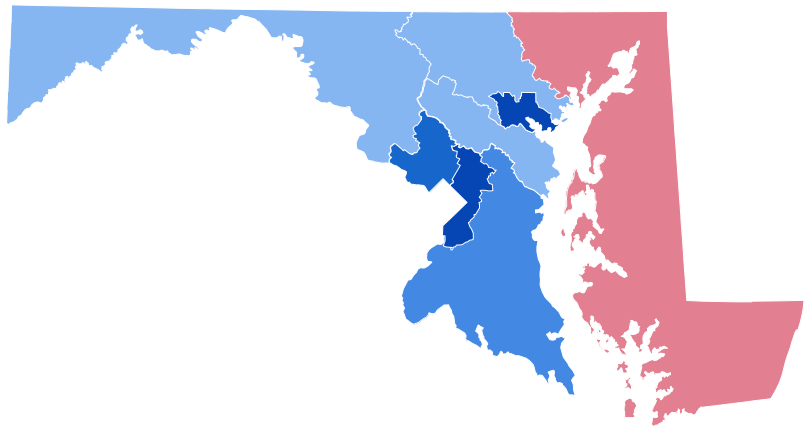The Supreme Court — A Look Behind and Ahead, Part 2
The Supreme Court’s 2018 term is behind us and its 2019 term will begin on the first Monday in October, so let’s consider the results of the old term overall and what lies ahead for the new one. In a nutshell, the old term contained a few surprises and the new term promises to contain more hot-button issues than usual.
This issue we’ll look forward; last issue we looked back.
2019 Term
As this is written, the Court has accepted 50 cases for full review in the new term, with ample room for additions measured by the average of 78 cases per term in recent times. If the 2018 term contained fewer politically hot-button cases than usual, the new term will more than make up for it. A sampling of such cases currently on the docket is listed below. Beyond this list and cases to be added is the likely possibility that several cases involving the numerous on-going disputes between the House of Representatives and the Trump administration will come to the Court before the 2019 term ends.
Altitude Express v Zarda . A gay skydiving instructor lost his job after his employer learned of his sexual orientation. The question is whether Title VII of the Civil Rights Act of 1964 prohibiting employment discrimination “because of . . . sex” encompasses discrimination based upon an individual’s sexual orientation.
Department of Homeland Security v. Regents of the University of California . President Obama’s Deferred Action for Childhood Arrivals (DACA) program allowed undocumented immigrants who had been brought to the U.S. as children to apply for protection from deportation. In 2017, the Trump administration announced that it was ending the program, leaving young adults who qualified for the program once again eligible for deportation. The announcement was greeted by several court challenges, resulting in an injunction preventing the Trump administration from terminating the program pending the completion of the litigation. On June 28, the Court accepted for review the legitimacy of both the injunction and the decision to end the program.
Espinoza v Montana Department of Revenue . Montana provides a tax credit to residents who donate to private, nonprofit scholarship organizations. The Montana Department of Revenue promulgated an administrative rule prohibiting scholarship recipients from using their scholarships at religious schools because the state constitution prohibits “direct or indirect” public funding of religiously affiliated educational programs. The plaintiffs, wanting to send their children to a religious school, claim that the rule and the state’s constitution violate the Religion Clauses or the Equal Protection Clause of the U.S. Constitution.
New York State Rifle & Pistol Association Inc. v. City of New York . A couple of Court terms ago, Justices Clarence Thomas and Neil Gorsuch complained that the Court was treating the Second Amendment like a second cousin by refusing since 2010 to take up any gun control cases further defining the scope of the amendment. This past January, the Court accepted for review during the 2019 term a challenge to a New York City law that severely limits the removal of licensed handguns from the address registered on the license. Perhaps seeing the handwriting on the wall, the city reacted to the Court’s decision to take the case by repealing the law and now claims the issue is “moot.” Briefs on the mootness issue have been filed. If the justices decide the case is not moot, the stage will be set for a ruling on just how far gun control can go consistent with the Second Amendment.
Common Sense for the Eastern Shore








